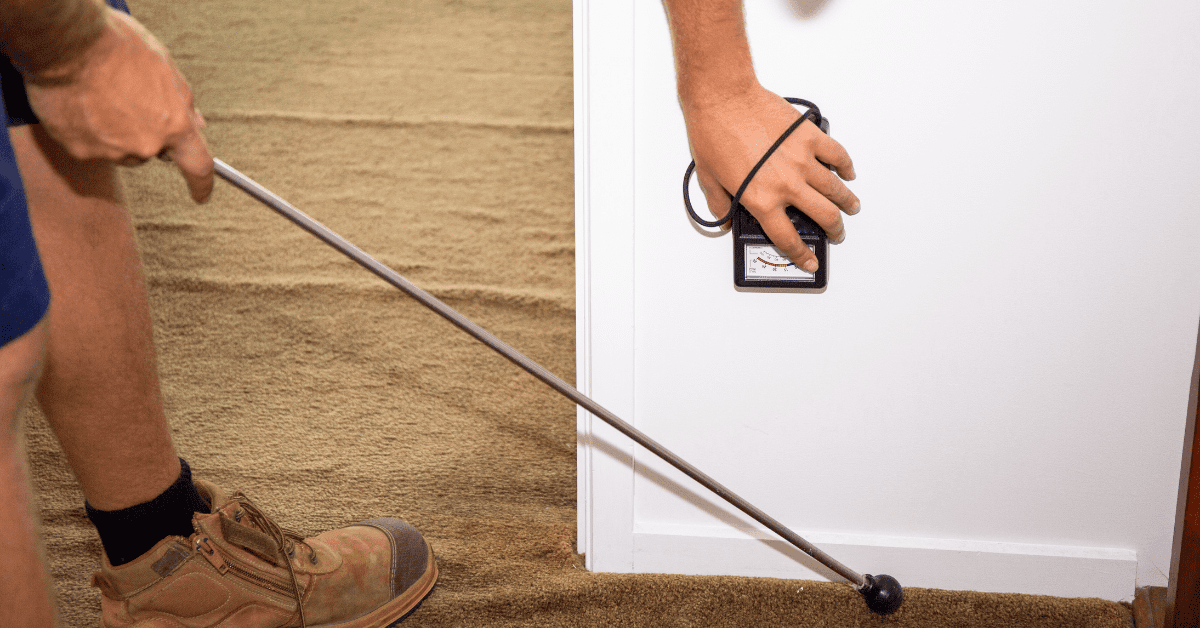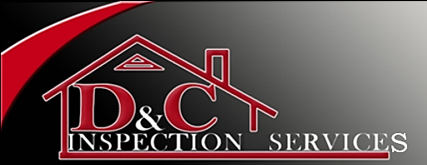The many inspections involved in the process are probably known to you if you’ve ever bought and insured a property. A Wind Mitigation Inspection is one of the most significant and frequent of these examinations. However, what are these inspections specifically and why are they necessary? The wind is a common natural airflow that can be of any speed. The act of lessening the harshness of something (in this example, wind) is referred to as mitigation.
To lessen the consequences of windstorms, a wind mitigation inspection is a study that confirms all the safety aspects of your home. The roof’s shape, whether a secondary water resistance (SWR) layer is present beneath the shingles, whether a building permit was required for its installation, the nail spacing used to hold the shingles down, how the trusses are attached to the building, and whether hurricane-rated shutters or hurricane impact glass are present for all openings are among the factors to be considered.
“Openings” include things like skylights, garage doors, entry doors, and windows. Let’s talk about the requirement for this examination now that we are clear on what wind mitigation is.
A Windstorm Mitigation Inspection: What Is It?
A wind mitigation examination examines seven crucial sections of your roof to assess its resilience to high winds and water infiltration. Heavy winds can press rain against your home during a storm, yes even a regular July thunderstorm, and since rain is water, it will find its way into any cracks or crevices.
Since your roof is your home’s first line of defense against wind and rain, wind mitigation inspections concentrate on it. The report on windstorm mitigation will look at seven topics:
Year Of Construction
The year that your house was constructed, which lets the home inspector know how stringent the building rules were at the time.
Roof Covering
The roof’s age and material of construction (shingles, tiles, etc.)
Roof Deck
The kind of nails used to secure the shingles, the spacing between the nails, and the material of your roof deck (the surface to which your shingles are affixed).
Attachment From Roof To Wall
The technique utilized to fasten your walls to your roof.
Roof Sizing
The contours and pitch of your roof.
Additional Water Resistance
The kind of material used between the roof decking and shingles.
Opening Protection
If apertures like a sunroof, garage door, windows, etc. are further protected. Naturally, the more protection against wind damage your roof can offer and the better the wind mitigation report will be, the newer, more robust and better built it is. Your mitigation inspection is valid for five years, however, a fresh inspection is necessary if repairs are made to your property during that period.
How Much Is A Wind Mitigation Fee That A House Inspector Can Charge?
For single wind mitigation, home inspectors frequently charge between $100 and $200. When combined with a house inspection, they may reduce the price to roughly $75.
What Distinguishes A 4-Point Inspection From A Wind Mitigation?
In the realm of homeowners insurance, both 4-point inspections and wind mitigation are crucial. Based on certain structural features that make the property more resistant to wind damage, a wind mitigation examination offers homeowners insurance reductions.
The HVAC, roofing, electrical, and plumbing systems of the home are all evaluated as part of a 4-point inspection, which is used to assist homeowners in obtaining insurance. As you can see, both sorts of inspections are necessary, but they have distinct goals.
What Are Wind Mitigation’s Main Advantages?
Ordering a professional wind mitigation inspection has a variety of clear advantages. It first informs you of how safe your house is and provides you with a list of sensible improvements you may make. By putting such improvements into place, you may make your house safer and possibly stop future damage in the case of a large storm.
Second, having a wind mitigation inspection done is probably going to result in you receiving at least a small discount on your house insurance price. Home insurers provide discounts for covering houses that have undergone such an assessment by a licensed inspector. Additionally, you might save extra if your house has excellent ratings in the inspection report or if you undertake significant changes as a result of the report.
The majority of existing homes include at least a few buildings and amenities that make them eligible for insurance discounts. When you have a wind mitigation examination done, you almost always save more money than you do. Even while many of the reductions are small, they add up over time, and in some cases, consumers have saved as much as 40% on their homeowner’s insurance.
Do I Need An Inspection For Wind Mitigation?
Home inspections are a popular tool used by insurance firms to assess the risks of insuring you and determine the prices and types of coverage you might require. Before they would agree to cover you, your insurance company will promote wind mitigation examinations, especially if you reside in an area like Florida where hurricanes and storms are common. But receiving a wind mitigation inspection has advantages.
Even though it might be necessary (or strongly advised), it might also help you save money. According to recent research, individuals who did not undertake a wind mitigation examination paid more in insurance rates. Even though the first examination is costly, a wind mitigation assessment may eventually result in a reduction in your rate.
Finally, it can contribute to your safety. A wind mitigation examination not only increases your safety and keeps you safe by keeping you safe, especially if you reside in a high-risk location for hurricanes and wind damage, but it also informs you whether your house is safe. If your home doesn’t pass the wind mitigation examination, you’ll know what has to be fixed to make it safer.
They are needed to qualify for some discounts but are not necessary for coverage. Additionally, this can save you a tons of money over time because wind damage can account for up to 70% of your whole premium.

